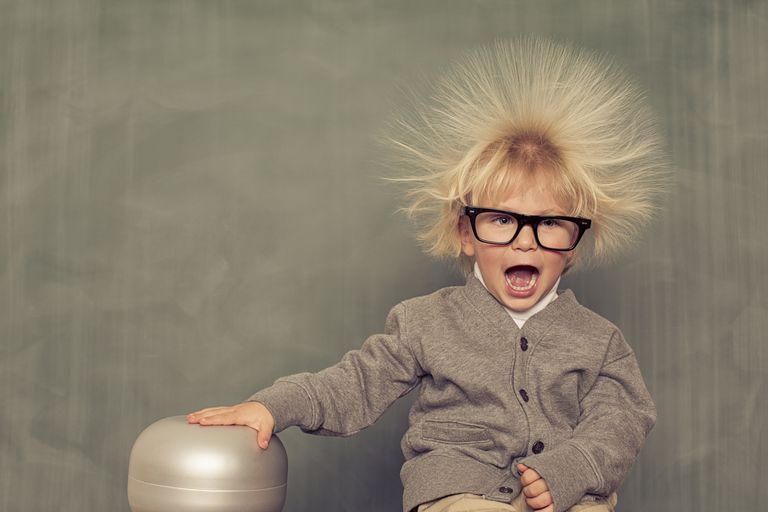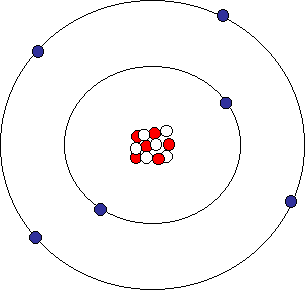Static Electricity & Charge
12PHYS - Electricity
Finn Le Sueur
2024
Mahi Tuatahi
On the board, brainstorm all the things you can remember about electricity from Year 10!
Te Whāinga Ako
- Explain how static electricity is created by the removal or addition of electric charge.
Static Electricity
Static electricity has many effects - some dangerous, some hilarious, but they all depend on charge!

Charges: Positive & Negative
From Year 10 we should all remember that, much like magnets, opposites attract and likes repel.

Charge Carriers
- Recall: the atom. What element is this? What are the three subatomic particles that make it up?
- Draw this diagram in your book and label the particles and the charge they carry.

- Electrons: Negatively charged
- Protons: Positively charged
- Neutrons: No charge
Pātai: What happens when an atom loses or gains electrons?
Ions
- Electrons are charged, extremely light, and move very fast. Therefore they can sometimes escape an atom.
- An ion is formed when an atom gains or loses electrons.
- Losing electrons makes you positively charged and is called a cation.
- Gaining electrons makes you negatively charged and is called an anion.

Pātai: How to move charges?
What did we do in Year 10 Pūtaiao to remove charges from one object and put them onto another?
Whakatika
We applied friction!
Pātai
- Open the static electricity simulation on Google Classroom.
- Play with the simulation to get a feel for what you can do.
- In your book, describe what is happening at a
charge level when you:
- Rub the balloon on the jersey
- Bring the balloon close to the wall
- Release the balloon when pressed against the wall
- Release the balloon in empty space
Use the following language in your answers: friction, transfer, electrons, protons, positive, negative, neutral, attracted, repelled, mobile, non-mobile, net charge, charge distribution.
Whakatika
- When the balloon is rubbed on the jersery, friction occurs. This friction transfers electrons from the jersery to the balloon, leaving the jersery with an deficit of electrons and a net positive charge and the balloon with a excess of electrons and a net negative charge.
- When the negatively charged balloon is brought near the wall, some of the surface electrons are repelled by the balloon’s charge. This causes a spot of positive charge to occur near the balloon. The protons do not move (are not mobile). The wall remains neutral overall.
- If released, the balloon sticks to the wall due to the attraction of its negative charge and the uneven charge distribution of the wall (positive spot).
- If released in space, the negatively charged balloon is attracted to the positively charged jersey because opposites attract.